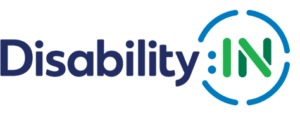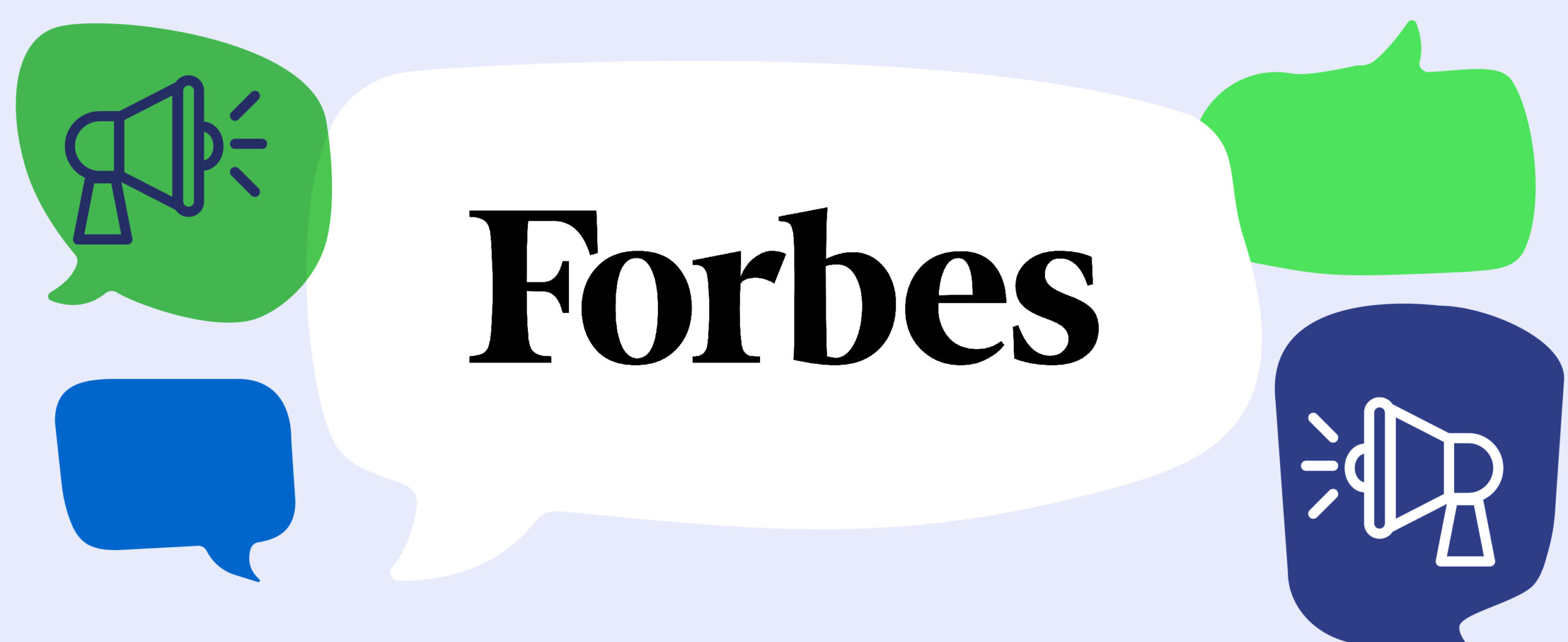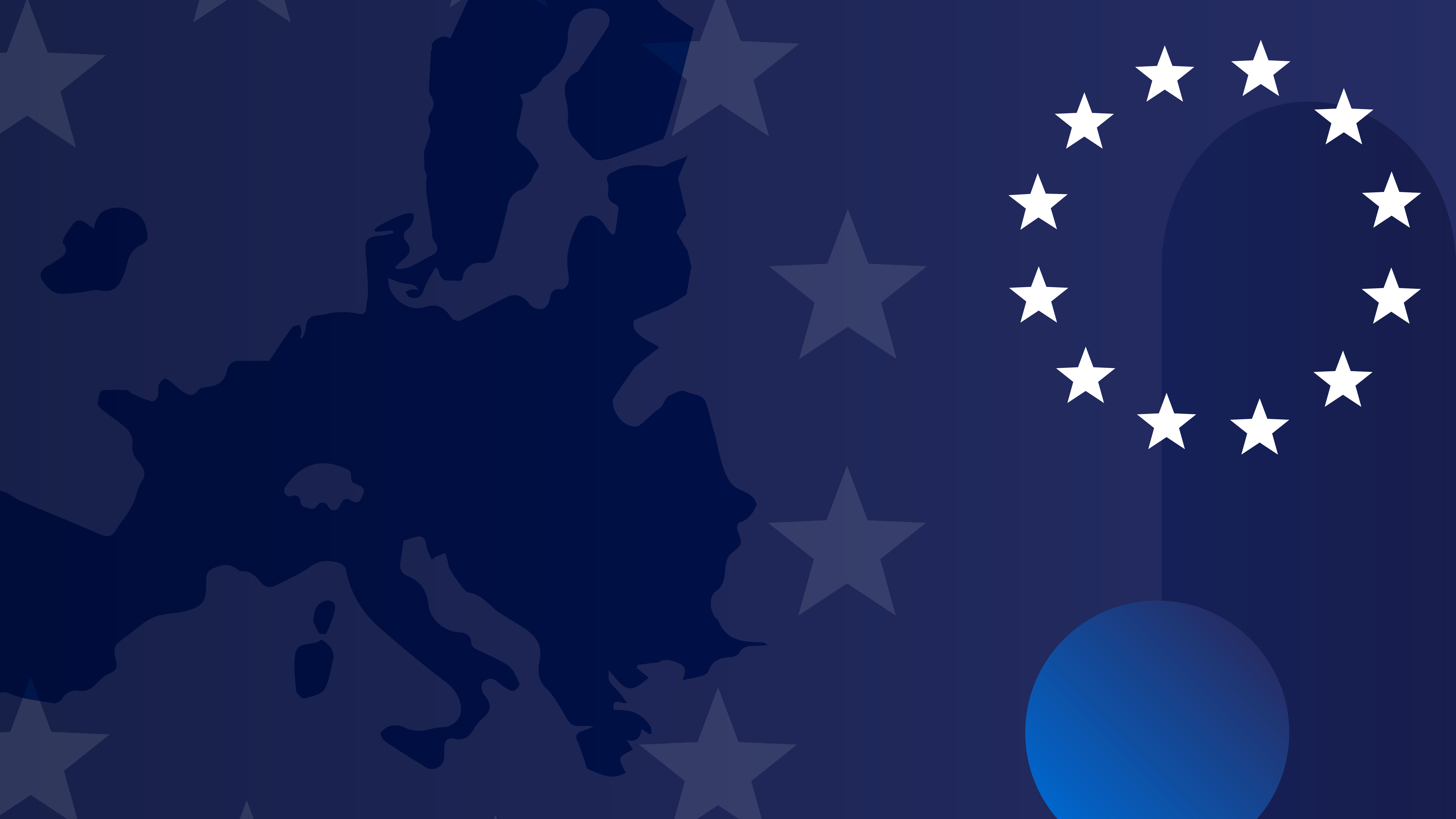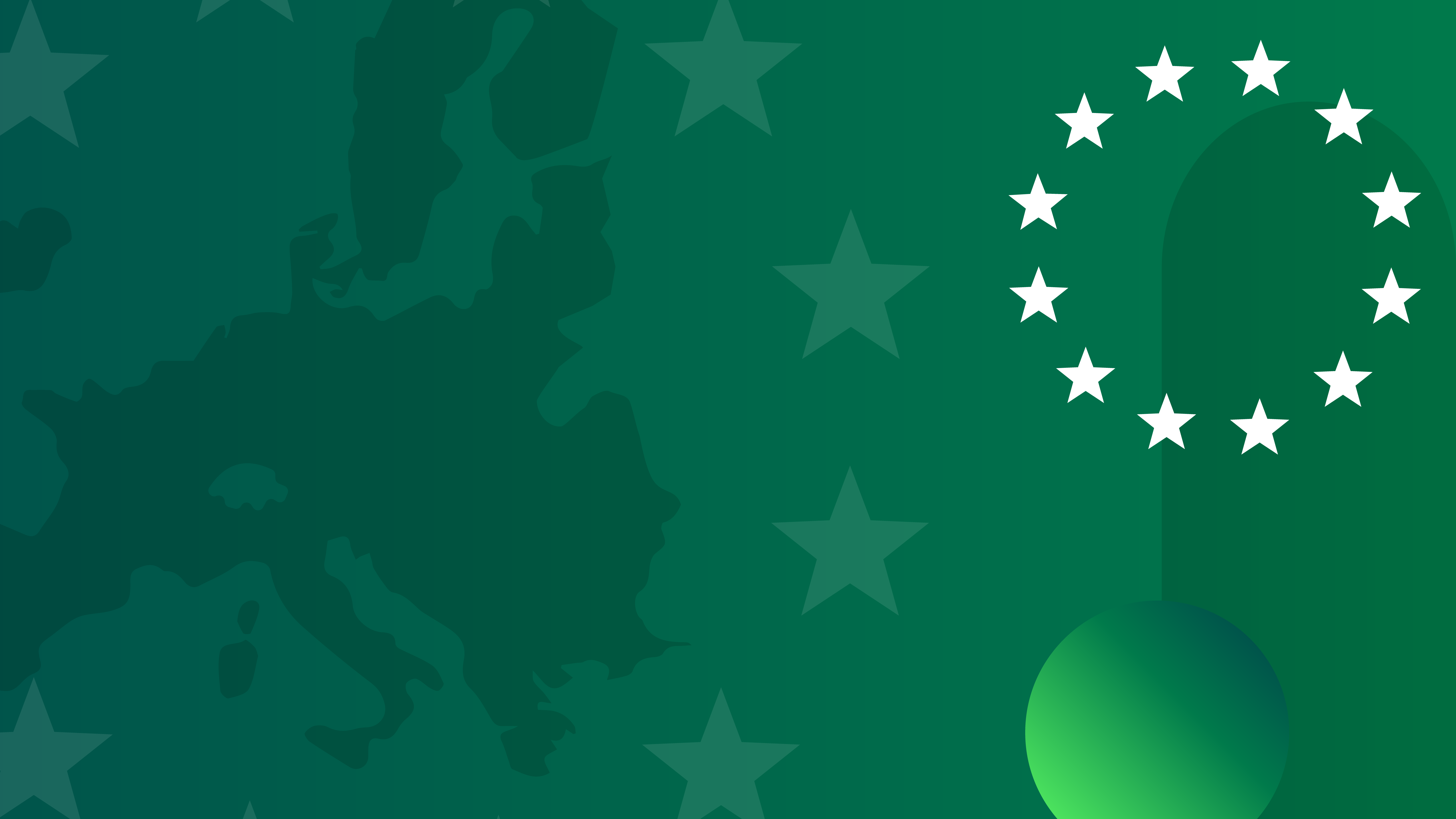“Google wants to organize the world’s information and make it universally accessible—that is the mission of the company—and I think if you follow that sentiment to its logical conclusion, accessibility and making things accessible to all of our users can only happen if we understand what our users need, and that goes for live events, as well.” –Michelle Rosen Sapir, Group Business Lead, Brand and Reputation Events and Experiences, Google
Fourteen years in the making, Google released its “Inclusive Event Design Guide” last fall to support event professionals in creating in-person, virtual and hybrid programs that are inclusive and accessible for all attendees.
As part of its “All In” toolkit for marketing inclusion, the continuously evolving, U.S.-focused guide was developed in partnership with ADCOLOR, Disability:IN, GLAAD and the Tanenbaum Center for Interreligious Understanding. It offers best practices, recommendations and standards across 21 sections covering topics like attendee list development, badges, music, neurodiversity, signage design, supplier diversity and swag. For instance, “signage should have a non-glare finish and have enough color contrast to be read easily,” or “include best practices about inclusive language in brand ambassador and staff training guides.”



